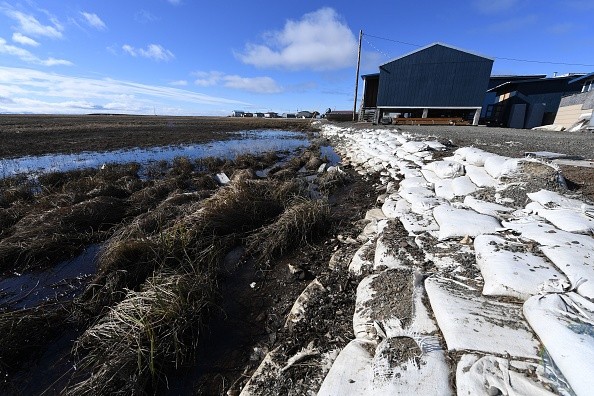A new study has revealed that thawing of permafrost as a result of climate change exposes Arctic populations to high concentrations of radon which can cause lung cancer.

Permafrost Layer as Radon Barrier
Radon is an invisible, odorless radioactive gas that occurs naturally, it is produced in uranium-bearing rocks and soil.
The gas is also said to have a higher concentration in basements, cellars, and living spaces in contact with the ground as they are more active in air-tight environments. Radon affects smokers greatly and it is said to be the cause of 1 out of 10 lung cancer every year.
School of Earth and Environment Professor Glover, at Leeds said: "Radon is known to be the second most important cause of lung cancer after smoking. Smoking also exacerbates radon-acquired lung cancer rates by about 26 times, and smoking is up to 4.4 times more prevalent in Arctic communities," according to Phys.org.
During the research, Professor Paul Glover from the University of Leeds and his co-author suggested that the permafrost has been blocking the radon gas due to its essential frozen ability on the soil or rocks.
As per University of Leeds, the permafrost has historically been acting as a protective barrier, preventing the dangers of radon gas.
Importance of Curbing Global Warming
According to a study, published today in the AGU journal Earth's Future, the concentration of radon gas in basements can increase up to 100 times within the time interval of 7 years. These values can increase or decrease depending on the permafrost present and how fast it thaws.
Frozen permafrost plays a huge role in the arctic ecosystem due to its protective characteristics. Therefore, researchers advised to prevent less thawing of this protective block by limiting global warming and encouraging more ventilation as this could be a huge measure in preventing life-threatening health challenges in the future.
According to research, the permafrost reduces the surface radiation to a tenth of the background level, but increases radon concentration behind the barrier up to 12 times.

Consequences of Permafrost Thaw
Traditionally constructed building in the arctic community is said to have zero or no increase of radon gas unlike buildings with basements.
Thawing of the permafrost in these building can result in the radon concentration remaining greater than the 200 becquerel per cubic meter (Bq/m3) value within 7 years.
From the recent results on this studies, there have only been assumptions due to lack of data on the properties of arctic soil and permafrost.
"Since there has been no perceived historical radon problem in these communities and the gas itself is undetectable without specialist devices, we regard this as an important and totally avoidable threat to the health of the northern communities," Professor Glover said.
More research are still yet to be done on the possibility of the radon gas to find its way to the surface either through advection or diffusion when permafrost thawing increases as researchers struggle to get more data and enlightenment on this health danger.
Related Article : Thawing Arctic Permafrost Poses Serious Risk to Life Across the Planet and Infrastructures
For more news, updates about thawing permafrost and similar topics don't forget to follow Nature World News!
© 2026 NatureWorldNews.com All rights reserved. Do not reproduce without permission.





